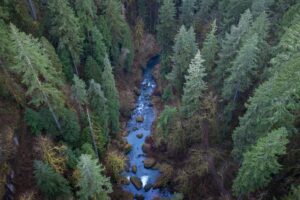As we promised, we are making the contents of our BVLOS waiver application public. Remember to tailor your waiver application to the needs of your operation. We strongly suggest that you watch our discussion here:
https://www.youtube.com/watch?v=azwHvsqd2rM
Documentation:
https://www.dropbox.com/scl/fo/huwswepcu2r8g14iqjff5/h?dl=0&rlkey=a2pj9q86kkuobdw7ht4l49ck3
Key elements of your waiver application (this may deviate from our applications).
- Must keep UA within 1000 feet of operator- and how you will achieve this. (geofencing).
- Operations will not exceed 50 feet AGL, or the height of of any object or obstacle within a 200 feet of the drone and 400 feet AGL.
- Will take place only in sparsely populated areas that are safeguarded.
- Operations must occur in class G airspace and no closer than 3 SM to a charted airport;
- RPIC will be onsite at the launch and recovery area.
- Operations will not occur at night.
- Parameters for when operations must cease. (see waiver)
- Describe strategy of how RPIC will detect and avoid AC.
- All participants must attend a safety briefing.
- A description of the maintenance program.
- NOTAMS no longer need be filed.
Be detailed and show your safety case.
We at DSPA hope this helps. And if it does, consider joining our membership, or even donating a bit. We would appreciate it. Funds raised by DSPA help cover travel expenses associated with various FAA functions and UAS seminars we go to in order to help keep the skies safe and open for UAS.
Kenji and Vic do not take any salary for what we do. We believe that a rising tide lifts all boats. And we both have boats in this water too. As do you. Thanks for your support!


